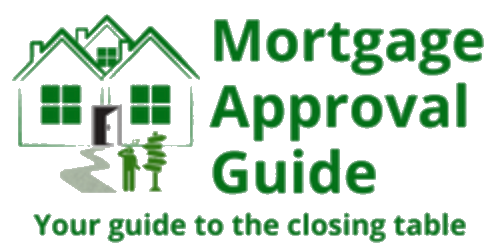Buying a home isn't just about liking a house—it’s about planning for a life. To…
Bank Statement Loans
Bank statement loans are typically used for individuals who have difficulty documenting their income using traditional methods. These loans are particularly suitable for self-employed individuals, freelancers, small business owners, contract workers, 1099 employees, and other borrowers with non-traditional income sources.
Traditional mortgage applications require borrowers to provide W-2 forms or tax returns as proof of income. However, for self-employed individuals or those with variable income, these documents may not accurately reflect their financial situation. Bank statement loans offer an alternative approach by allowing borrowers to demonstrate their income through bank statement deposits.
Here’s how bank statement loans generally work:
1. Documentation: Instead of providing W-2 forms or tax returns, borrowers are required to submit their personal or business bank statements for a certain period, typically 12 to 24 months. These statements should show regular deposits and cash flow.
2. Income calculation: Lenders evaluate the average monthly deposits in the bank statements to determine the borrower’s income. Typically, they will consider a percentage (e.g., 50-75%) of the total deposits as qualifying income. This percentage may vary based on the lender and the borrower’s specific circumstances.
3. Eligibility requirements: Borrowers must meet certain criteria to qualify for bank statement loans. These requirements may include a minimum credit score, a specific debt-to-income ratio, and a demonstrated ability to repay the loan.
4. Interest rates and terms: Bank statement loans often have higher interest rates compared to traditional mortgage loans. The specific terms, rates, and fees will vary depending on the lender and the borrower’s financial profile. It’s important to shop around and compare offers from different lenders to find the most suitable terms.
5. Down payment and loan-to-value (LTV) ratio: The down payment and LTV ratio for bank statement loans can also vary. Typically, lenders require a larger down payment and may limit the LTV ratio to reduce risk.
Bank statement loans may have more flexible underwriting standards compared to traditional mortgages, allowing self-employed borrowers with non-traditional income sources to qualify for a loan. However, because they are considered non-QM loans, they may have stricter requirements and potentially higher costs than traditional mortgages.





